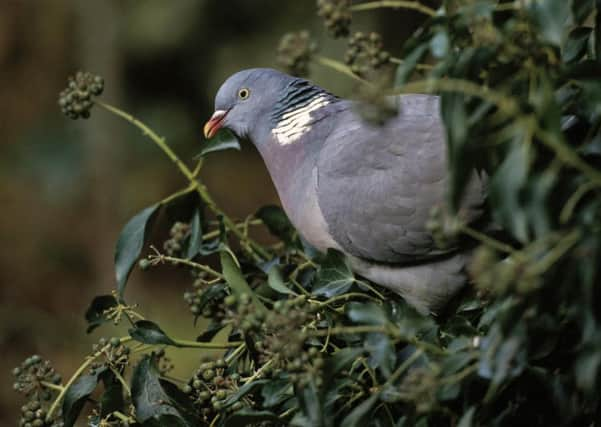Country & Coast: Crops pest that won’t go away


The bird is the most common found on UK farmland, and the huge resident population is boosted each autumn by migrants from the Continent. In some areas the shoots are a necessity owing to the woodpigeon’s destructive effect on crops. For example, one large flock - some are as many as 2,000-strong - can take out a field of sprouts or cabbages in a day. They also hammer crops like corn and rape.
A few years back I was invited to describe a shoot on one estate, which must remain nameless for fear of attracting animal rights campaigners. By tradition, the first shoot of the winter took place on the final Saturday of December, and after issuing an invite to friends and neighbours the farmer never knew how many guns to expect. Sometimes as many as 25 to 30 turned up.
Advertisement
Hide AdAdvertisement
Hide AdIt helped if there wasn’t much beechmast left, apparently, because when the birds are still finding plenty to eat in beechwoods there are fewer on farmland.
The woodpigeons started flying back to their evening roost in mature conifers about two in the afternoon, by which time everyone was in place beneath trees the birds were known to use year after year. There was no real need for stealth at that point since the pigeons were still out in the fields.
Every corner of the plantations had to be staked out, because once the first shot is heard the birds quickly try to find sanctuary. The guns positioned themselves in any woodland gaps which the birds would fly over on arrival or departure. Others went 50 yards or so outside the wood and tucked themselves behind a hedge.
That particular day there was a stiff northerly blowing and a bit of sleet, which the farmer said was good. Without wind, the pigeons would fly in very high and eventually drop down to their roost almost vertically. If the guns weren’t directly underneath them, they wouldn’t have much chance of a shot.
Advertisement
Hide AdAdvertisement
Hide AdTo begin with there seemed to be a lull, a calm before the storm, when there was no movement in either sky or trees, then suddenly there came lots of banging, pop-pop-pop-pop in the distance, and the sky was full of wings.
Sometimes, as a shot was fired, the bird disappeared behind branches and the gun stood listening carefully to hear the noise of it clattering down through branches and thumping onto the ground. There was usually some visual evidence of a hit, since woodpigeons have quick-release feathers which are thought to be an anti-predator device.
On that particular day the total birds shot reached three figures. Yet the farmer who had organised the shoot said ruefully: “It’s supposed to be all about pest control, but you would scarcely notice any reduction. The very next day these woods are usually blue with pigeons again.”